Airports are places where planes can land and take off safely, enabling passenger and cargo transportation between countries and cities to take place within hours. However, airports are not just simple places that allow planes to travel, but also structures that create the first impression of a city and country and reveal the cultural values of that city. With increasing demands and advancing technology, airports have expanded significantly, leading to a larger carbon footprint and requiring more energy to build new terminals, ground transportation systems, and infrastructure.
As a result of the global climate crisis, the environmental impact of airports has become a serious topic of discussion, prompting a shift toward more sustainable development. Thus, the construction of environmentally friendly airports that consider environmental issues has become widespread all over the world.

Sustainability, which has become a critical issue in today’s world, has become an important issue for the aviation industry, which is an important part of global transportation. Airports, which create environmental problems such as high energy consumption, carbon emissions, water waste, and waste production, are designed to minimize these effects with developed architectural and engineering solutions.
Today’s airports, which have started to develop environmentally friendly solutions by taking bold steps, aim to reduce their ecological footprint. Utilizing strategies such as the use of timber in construction, solar panels, and modular design, these airports are built in harmony with nature, following green architectural principles and operating under a zero-waste philosophy to become truly environmentally responsible structures.
Here are the 10 most environmentally friendly airports around the world:
1. Zurich Airport

Location: Kloten, Switzerland
Year: 1953
Zurich Airport is the largest and busiest airport in Switzerland. After its official opening on April 8, 1953, it has undergone architectural and technological transformations over time, becoming one of the most environmentally friendly airports in the world. Reflecting the clean lines of Swiss architecture with its simple but functional design, Zurich Airport is an important example of sustainable urban development thanks to its environmentally friendly approaches.
Guided by a strong environmental policy, Zurich Airport operates in harmony with ecological principles. Zurich Airport responds to environmental issues such as aircraft noise, climate protection and energy, air quality, biodiversity, waste and circular economy, water and soil, and becomes an environmentally friendly airport. To manage aircraft noise, the airport charges airlines based on noise categories and uses a highly detailed mapping system to calculate exposure levels caused by flight movements.
The airport employs geothermal energy for heating and cooling systems, and rainwater is recycled for toilet flushing. Water from de-icing is also recycled through a unique natural process that uses special microorganisms to break down solid residues in the liquid. Solar panels help reduce the airport’s electricity costs, while compressed natural gas stations are used to further lessen the airport’s environmental impact.
Since 1991, Zurich Airport has reduced its carbon emissions by 30% and aims to decrease them even further by 2030. Airport terminals that install photovoltaic systems on their jetties and parking lots use underground energy stacks for heating and cooling.
2. Stockholm Arlanda Airport

Location: Stockholm, Sweden
Year: 1959
Stockholm Arlanda Airport, Sweden’s busiest and largest airport, has an architecture that reflects the principles of functionality and harmony with nature of Scandinavian modernism. In 2009, it became the first airport in Europe to achieve carbon neutrality. Remarkably, it is also the only airport in the world with an environmental permit that imposes strict limits on carbon dioxide emissions. At Arlanda Airport, pollution from aircraft operations to the terminal and vehicle traffic in the terminal cannot exceed the level set in 1990, thus greening operations as much as possible.
With ambitious goals to reduce its carbon footprint, energy consumption, and greenhouse gas emissions, Stockholm Arlanda has become one of the world’s most environmentally responsible airports. Investing in renewable energy, such as wind and solar power, the airport implements recycling programs and waste reduction initiatives. It has a biofuel heating system that uses the aquifer’s water source to provide environmentally friendly energy throughout the year.
This system channels water into the airport’s air conditioning system to cool the terminals during the warmer months, and is used to melt snow and ice from the runway during the colder months. Thanks to the implementation of low-energy LED lighting and a variety of other measures, Arlanda successfully reduced its energy usage by nearly one-third between 2005 and 2012, solidifying its reputation as a global leader in sustainable aviation infrastructure.
3. Galapagos Ecological Airport
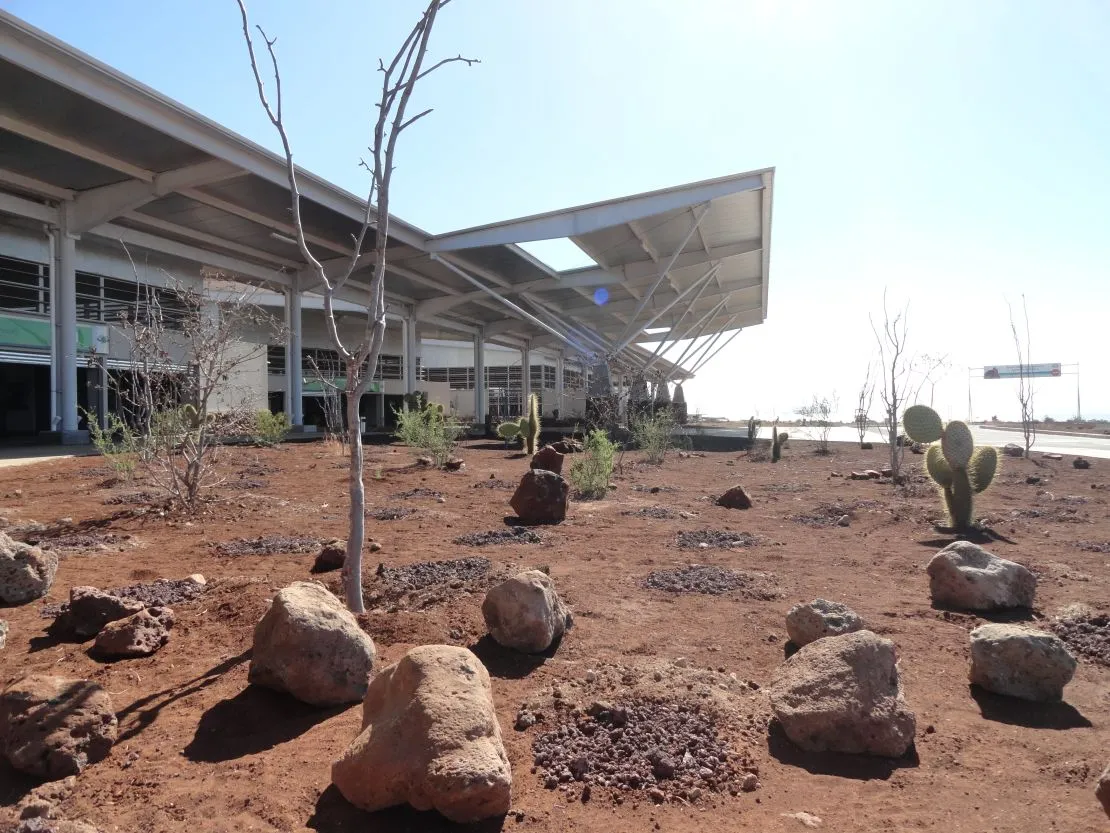
Location: Galapagos Archipelago, Ecuador
Year: 2013
A remarkable example of design integrated with nature, the Galapagos Ecological Airport was created to serve a region under intense tourism pressure without disrupting the environmental balance. The airport, which has the highest certification available to recognize sustainable construction, was built to operate solely on solar and wind energy.
As the world’s first entirely green airport, Galapagos Ecological Airport sources approximately 65% of its energy from wind turbines and 35% from photovoltaic panels embedded in walkways. The airport, which intelligently directs the strong winds, does not use air conditioning, and the internal temperature is naturally balanced with cross ventilation and shading systems. A desalination plant is used to purify seawater for use inside the terminal, and wastewater is treated before being reused onsite, though not for consumption.
Equipped with a range of environmentally friendly features, the airport building is impressively constructed from approximately 80% recycled materials. Recycled materials were used to construct the building, including steel pipes from oil fields in the Ecuadorian Amazon. Wood and metals from Seymour Airport were reused, and furniture was created from eco-friendly materials.
4. Delhi Indira Gandhi International Airport
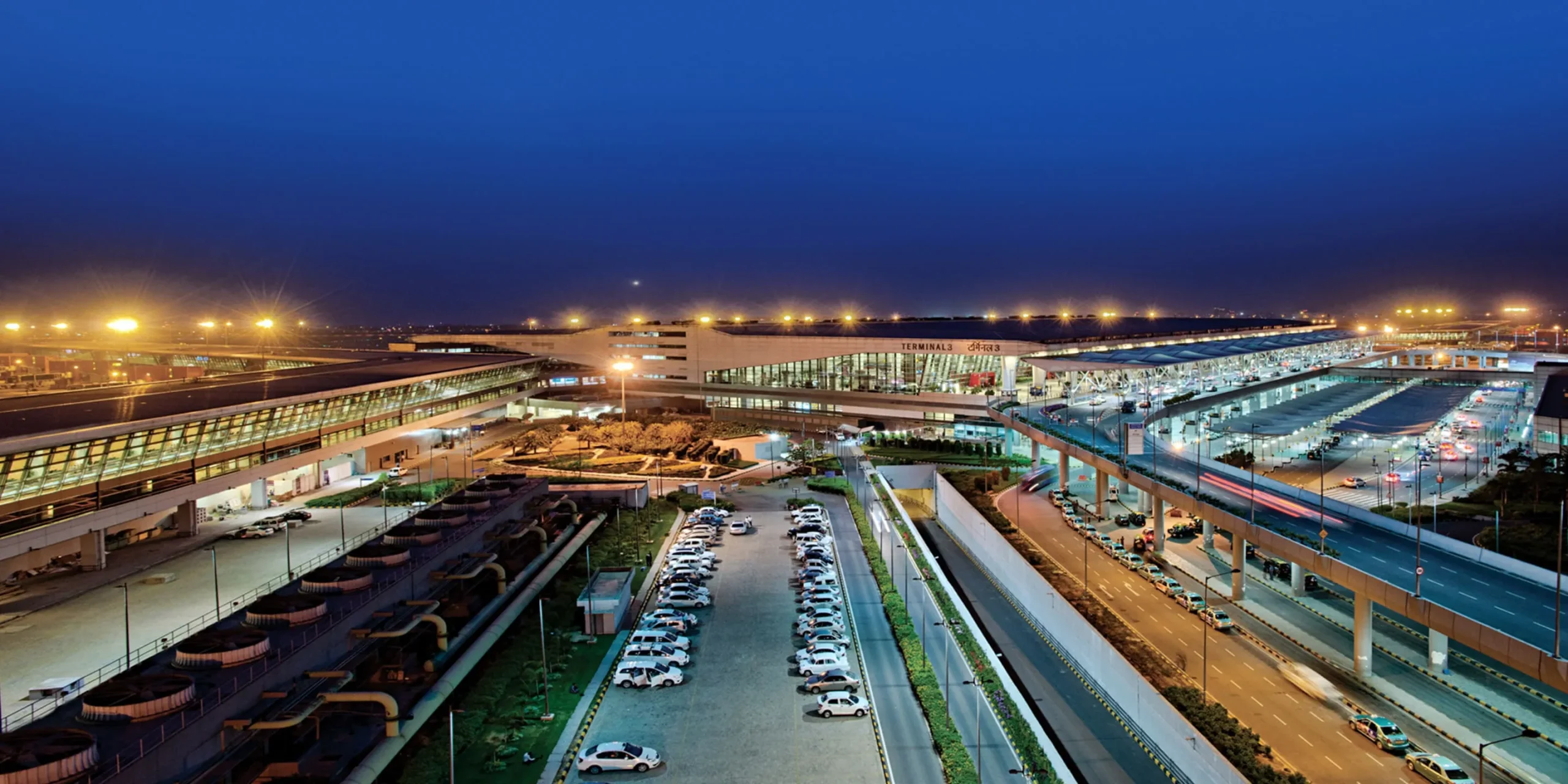
Location: Delhi, India
Year: 1962
As of 2009, Indira Gandhi International Airport, the busiest airport in India in terms of passenger traffic, stands out as one of the major airports in Asia embracing environmentally friendly principles. Constructed from highly recycled materials, the 501,676 m² Terminal 3 has a LEED New Construction Gold Certificate from the Green Building Council of India.
To reduce energy consumption, the airport’s Departure Hall is illuminated solely by natural daylight throughout the day. Solutions such as 1,200 low-power LCD screens, 300 rainwater collection stations, and rainwater drains to combat erosion make the building one of the most environmentally friendly airports. Passengers are transferred between the terminal and baggage claim areas by battery-powered vehicles.
To know more about how you can leverage smart digital tools to create more sustainable and efficient buildings through coordination and without compromising on your creativity, check out PAACADEMY courses. PAACADEMY offers various courses on computational design that can help you stay abreast with the latest data on architectural design technologies.
5. Denver International Airport
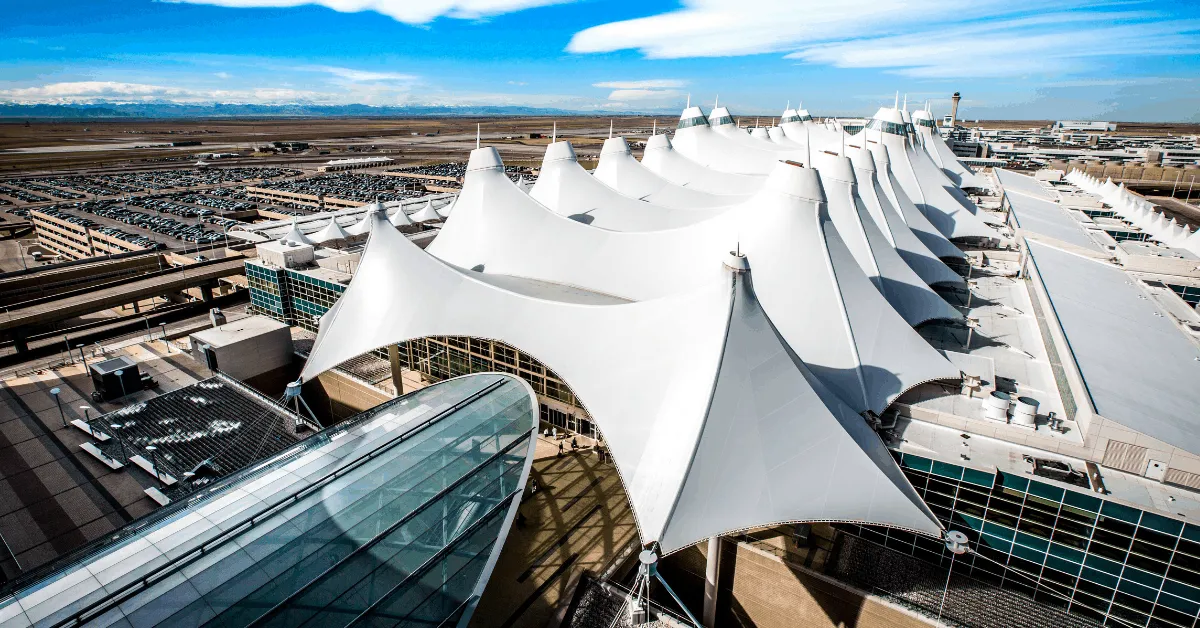
Location: Denver, Colorado, USA
Year: 1995
One of the biggest airports in the United States, Denver International Airport, stands out for its sustainability, energy efficiency, and environmentally friendly design. Known for its iconic tent-shaped design symbolizing the Rocky Mountains, the airport combines local architectural heritage with nature. Hosting the largest solar power plant in the U.S., Denver International expanded its solar capacity in 2014 by installing a fourth array of solar panels, increasing its total solar energy production to 10 megawatts. This can generate enough electricity for 2,500 homes.
The airport features an advanced recycling program, with common areas equipped with single-stream recycling bins. To help reduce waste from single-use water bottles, the airport has also installed water refill facilities after security checkpoints. Additionally, passenger gates at Denver offer plug-in power sources for aircraft, allowing ground power units to be turned off, which helps improve air quality and reduce noise pollution.
6. Boston Logan International Airport

Location: Massachusetts, USA
Year: 1923
Since its opening, Boston Logan International Airport has undergone renovations that have established it as one of the world’s most environmentally friendly airports and one of the busiest transportation hubs in the United States. A leader among sustainable airports, the airport’s Terminal A was awarded LEED Gold certification in 2006, the first airport terminal in the United States to receive such an honor.
Terminal A has roof and pavement surfaces designed to reflect heat from the building, and low-flow bathroom fixtures to conserve water. Twenty 6-foot wind turbines installed on the roofs of the terminal buildings generate enough power to meet approximately 3% of the airport’s annual energy demand.
The Massachusetts Port Authority (Massport) invested $6.3 million to repave one of the airport’s runways using an eco-friendly asphalt that can be heated at lower temperatures. According to Massport, this investment resulted in a reduction of approximately 2,000 tons of carbon emissions throughout the project duration.
7. Oslo Gardermoen Airport
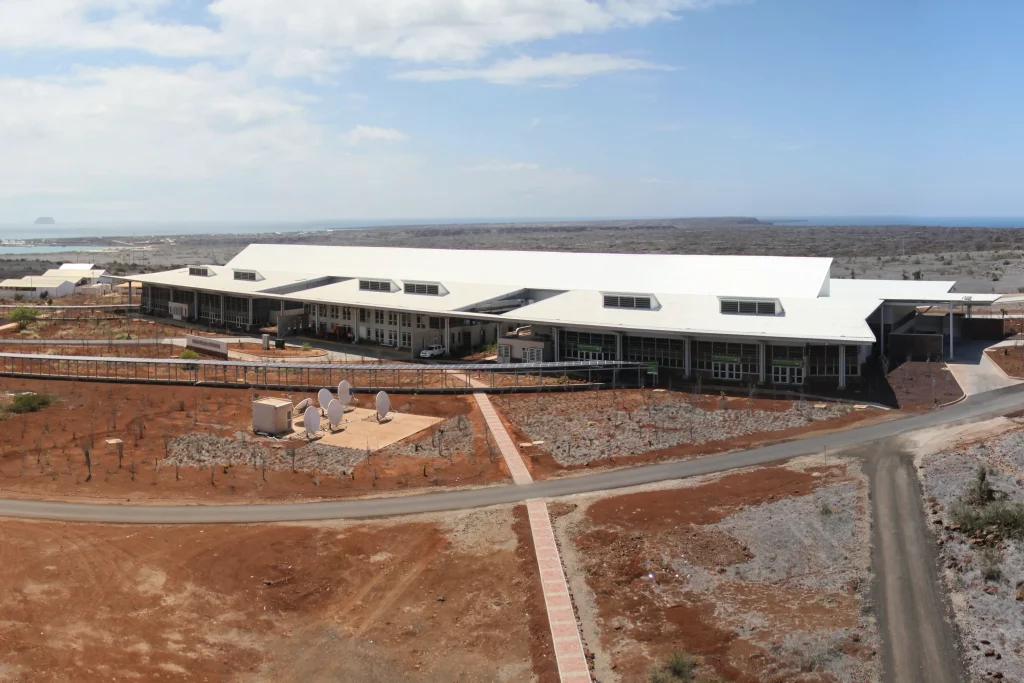
Location: Gardermoen, Ullensaker, Norway
Year: 1998
Reflecting the elegant simplicity of Scandinavian architecture, Oslo Gardermoen Airport stands out as one of Northern Europe’s most environmentally friendly transportation hubs. During its 2018 expansion project, eco-friendly materials such as volcanic ash concrete, recycled steel, and wood sourced from Scandinavian forests were used.
The airport features a storage facility that collects snow from the runways and preserves it to be used as a cooling resource during the summer. Thanks to this innovative method, Oslo Gardermoen Airport has achieved an “excellent” sustainability rating under the Building Research Establishment Environmental Assessment Method (BREEAM) standards. Since 2014, the airport has maintained a carbon-neutral status by reducing all emissions outside of aircraft operations to zero. Its ground services utilize electric apron vehicles powered by renewable energy, further contributing to its environmental commitment.
8. Vancouver International Airport
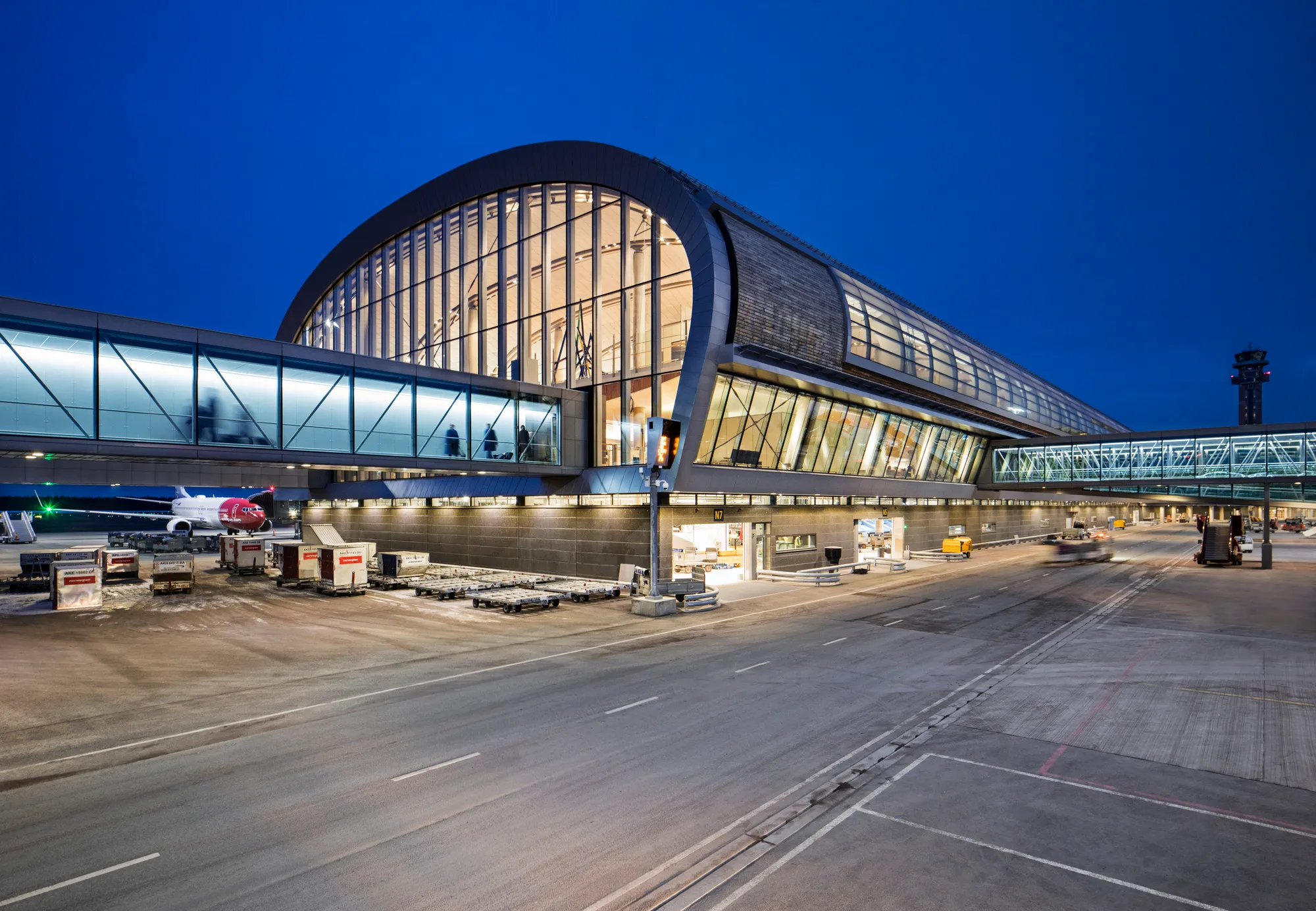
Location: British Columbia, Canada
Year: 1931
With its nature-infused architecture and innovative and sustainable policies, Vancouver International Airport is one of the greenest airports in the world. The airport features North America’s largest living green wall, standing 18 meters tall and housing 28,249 plants across 2,173 panels, supported by an integrated irrigation and nutrient system.
A pioneer in sustainable aviation, Vancouver International Airport has a program to offset carbon emissions from flights, along with several initiatives, including solar energy, electric vehicle charging stations, and recycling programs. Since 2003, the airport has used solar-powered hot water heating systems in both its domestic and international terminals.
These systems heat over 800 gallons of hot water per hour, saving up to $110,000 annually in energy costs. The airport has 100 hybrid and natural gas-powered taxis, making it easier for passengers to make environmentally friendly ground transportation choices. This initiative has effectively removed 1,651 vehicles from the roads, reducing carbon dioxide emissions by approximately 8,422 tons per year.
9. Changi International Airport

Location: Changi, Singapore
Year: 1981
One of the world’s most environmentally friendly airports, Changi International Airport features a design that masterfully blends nature with technology. Designed with post-flight relaxation in mind, the airport is one of the busiest airports, yet it is the best place to observe greenery. Ranked number one in the 2016 Skytrax World Airport Awards, Changi boasts extensive green spaces and gardens, as well as an on-site nursery where plants are grown and irrigated using collected rainwater.
The airport also has a large greenhouse with the world’s tallest indoor waterfall, which is home to many plants that can absorb carbon dioxide. The 40-meter-tall “Rain Vortex” waterfall collects water from Singapore’s frequent thunderstorms and uses it to cool the air inside the airport. Changi International Airport has 919 skylights for natural light, minimising the need for electric lighting during the day. The airport is working to offset and reduce carbon emissions from 2022, with a target of net-zero carbon by 2050.
10. San Diego International Airport
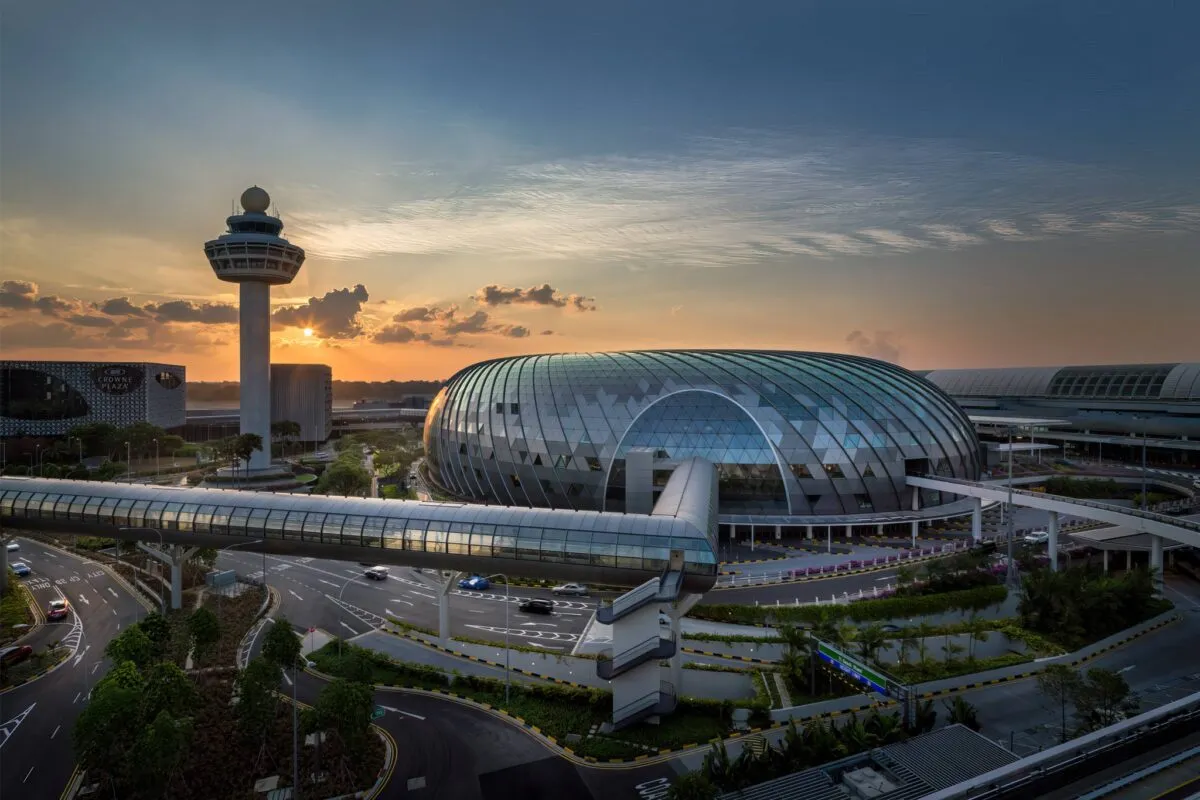
Location: San Diego, California, USA
Year: 1928
San Diego International Airport has taken great steps in sustainability with the innovations it has undergone since its opening and is the first airport in the world to receive LEED Platinum Certification. Its eco-friendly features include solar panels, low-wattage LED runway and airport lighting, heat-reflective roofs, low-flow water fixtures, drought-resistant landscaping, and the use of green paints and building materials.
The airport actively implements single-use plastic reduction programs with waste separation stations installed in the terminals, achieving a waste recycling rate of nearly 70%. Offering passengers a comfortable experience while also protecting nature, San Diego International Airport aims for net-zero emissions by 2035 with its carbon-neutral vision.
As a result of the increasing environmental problem, airports do not remain as structures that only transport passengers and cargo from one point to another; they also combine environmental responsibility with architecture. By adopting greener elements in their designs and operational strategies, airports undertaking eco-friendly initiatives set an example for other aviation centers through sustainable practices and the use of renewable fuel sources. Thus, each of the environmentally friendly airports offers a conscious and sustainable understanding of life in harmony with nature.




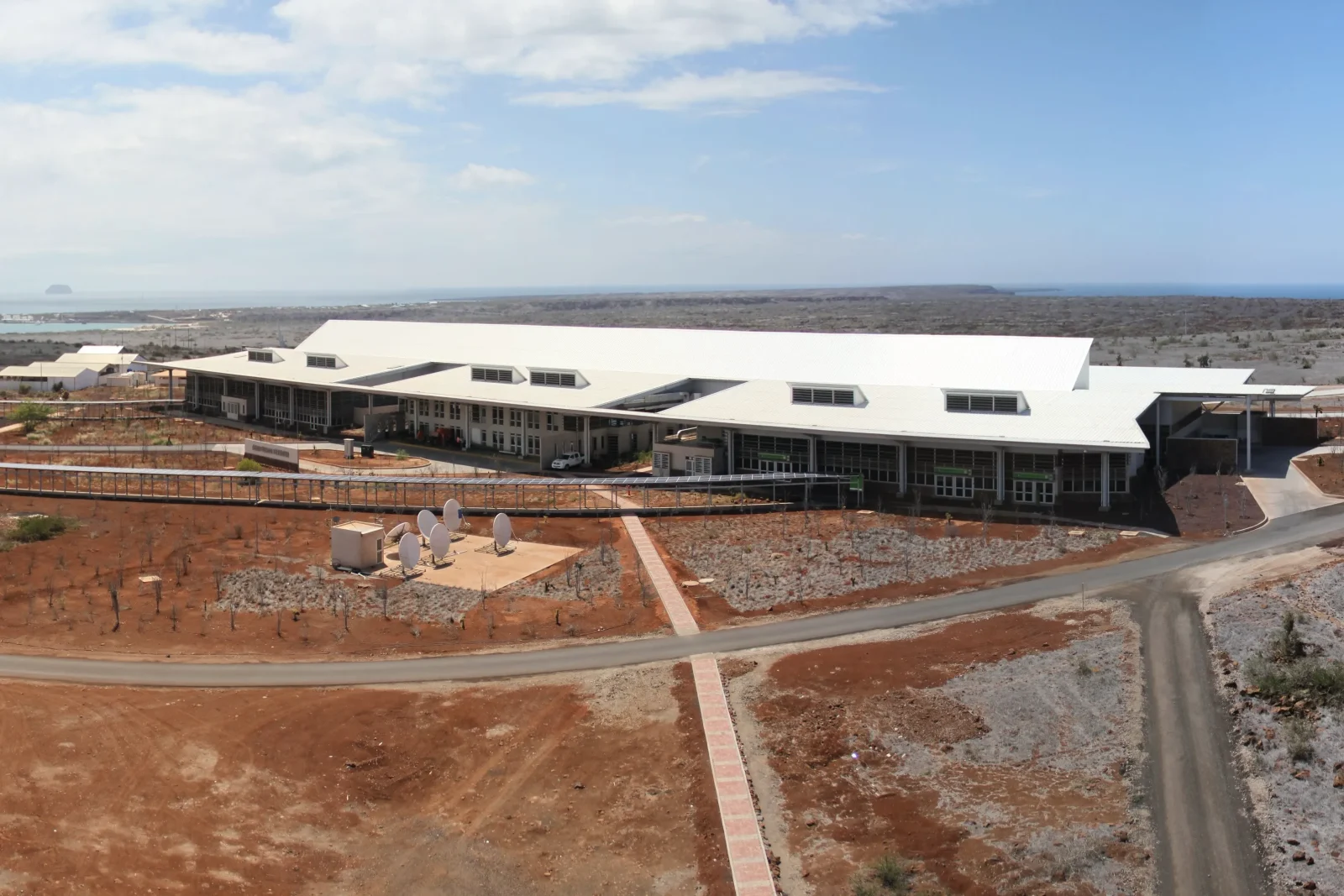
























Leave a comment